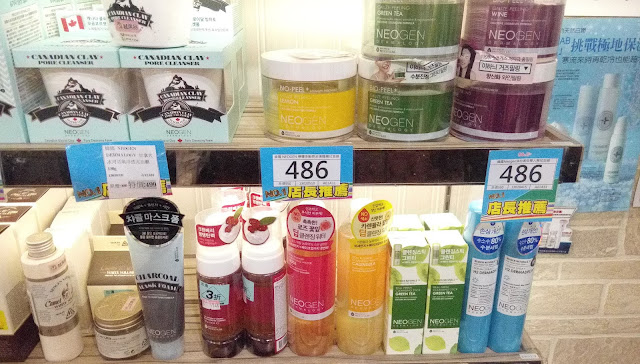
On this little day trip, you’ll see Taiwan’s most famous coastal rock formations and relax at South East Asia’s largest public hot spring. The best part is that it isn’t as crowded as some of Taipei’s other hot spots, such as Jiufen or Fulong. It is also one of the most convenient day trips you can take from Taipei, aka there’s no need to worry about finding seats on a train. Essentially, for very little effort, you get to enjoy a relaxing day on the coast and see some of Taiwan’s most iconic attractions.
Start your day at Yehliu Geological Park, stroll around, hike the little peninsula and have fun hunting for the different rock formations. The Queen’s Head (named after Queen Nefertiti) and something that looks like a whale tail are the most popular. However, my personal favorites are the dragon’s head and sand dollar fossils that are scattered all over the place. You’ll also see rocks that look like tofu, candle sticks, and one that even looks like a shoe.
Some of the formations, such as the Queen’s head are shrinking fast and won’t be around much longer before a typhoon breaks them off. In preparation for this, the park has actually created a standing replica, aptly named Queen’s Head II. They’ve got it and a few other replicas grouped together near the entrance of the park. Especially lazy tourists can just take their selfies there and leave. However, it doesn’t take long to get around the whole place: three to four hours at most.
If you get the urge to climb or even touch the queen’s head, settle for the replica instead. There’s a five million dollar fine for causing any amount of damage to the original. The park is just waiting for some Canadian tourists to come try their luck with that one. That said, the park doesn’t give visitors any excuse for bad manners, since there’s an overkill of bathrooms on the grounds. The visitor center at the park entrance offers both toilets and refreshments. There’s a second rest area within the park itself, and then there’s even a third restroom along the peninsula walk.

When you’ve finished hiking around the park, step outside to the taxi cue and catch a $400 NTD ride to Jinshan Old Street; this is where you eat. Honestly, it’s some of the best street food we’ve had in Taiwan and it’s cheap. Walk down the street and fill up on Taiwanese favorites, such as kebab sausages, chicken, potatoes, and corn. Be sure to grab a fresh pressed juice drink and maybe a milk tea as well. After having your fill, head to the Jinshan Hot Spring Gym.
It’s a 15 to 20 minute walk from the old street entrance or a $120 NTD taxi ride. If walking, step out of the old street entrance by the tunnel and hook a left (away from the 7-Eleven and McDonalds). You’ll see signs for the Jinshan Youth Center. Follow them. The hot spring gym is located within the Youth Center. Also, don’t be fooled by the words Youth Center, it’s more like a prime camping and retreat center for families from Taipei.

When you enter the grounds, you’ll see a huge institutional looking building. (You know it’s the right one when you feel the chills. The old, overgrown cemetery we passed on the way up didn’t help.) For a second, I thought we had accidentally wandered into an abandoned Nuclear Power Plant, but that’s the place or at least it’s the reception area. Step inside and a nice lady behind the counter will give you a map to the hot spring gym. It’s in a separate building, about a minute’s walk away.
The hot spring gym costs $300 NTD per person; and to enter the pools, you need to have a bathing suit, towel and cap. We forgot everything but our suits and had to buy the rest at the gym for an additional $100 NTD per person. (Apparently, it happens often.) The gym consists of several different temperature pools and has its share of waterfalls and massage jets. Basically, if you see a button, push it; water is going to come out somewhere. The outside pools offer some amazing pressurized back massaging waterfall jets, which will literally beat the acid from your muscles.
Once you’ve finished and showered off, head back upstairs and staff will call a taxi to take you back down to Jinshan where you can catch a bus back to Taipei. The Jinshan bus stop and ticket office are located across the street from the McDonalds. Buses come along every thirty to forty minutes and the last bus doesn’t depart until around eleven at night. Pop into the office for tickets and then kill time eating chicken nuggets or grabbing dinner on the old street.
You’ll be leaving on the same bus you came in on: the 1815. Tickets are cheap and it’s about an hour and a half ride from Taipei Main Station. Fun fact: this bus terminates at the Jinshan Youth Center, so it is possible to take it up to the hot spring gym and then back down again. You can even take it from Yehliu to Jinshan, but taxis are more convenient.











